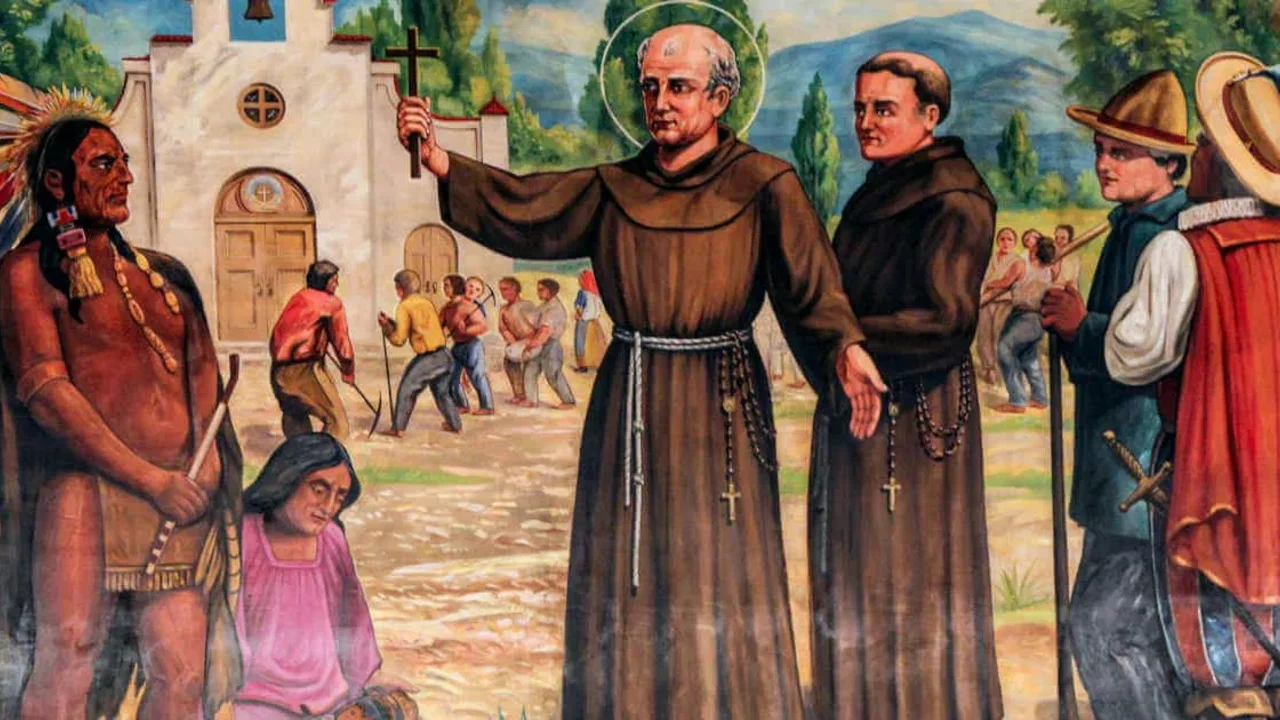Colonization: Understanding British India and Its Aftermath
When you hear the word "colonization" you probably think of distant empires, old maps, and big changes in daily life. In India, British rule reshaped everything—from how people worked to what they ate. This page pulls together the most asked questions about that era, giving you straight‑forward answers you can use right away.
What Was Life Like in British India?
Living under the British Raj meant a mix of modern gadgets and old‑school hardships. Cities got railways, telegraphs, and English schools, which opened new jobs and ideas. At the same time, many villages faced famine, high taxes, and limited rights. The British introduced new laws, but they also used Indian resources to boost their own economy. This clash created a unique daily reality: a handful of people enjoyed better roads and education, while the majority struggled to make ends meet.
One clear example is the rail network. It connected far‑flung towns, allowing farmers to ship crops faster. Yet, the same trains also moved troops quickly, helping the colonial army keep control. The result? A country that was both more connected and more tightly monitored.
Cultural Exchanges and Lasting Legacy
Colonial rule didn’t just change infrastructure – it mixed cultures. English became a language of administration and higher education, giving Indians a tool to speak on the global stage. At the same time, British officials borrowed Indian concepts like yoga and spices, which later flooded Western markets.
These exchanges left a lasting mark. Today, you’ll still see British‑style legal systems, railway stations, and cricket fields all over India. On the flip side, the push for independence sparked a wave of nationalism that still drives politics. Understanding how these pieces fit together helps explain why modern India looks the way it does.
If you’re curious about specific aspects, you’ll find posts that break down topics like how concrete houses last in India, why certain foods become popular abroad, or even quirky questions like whether a plane would take off with just one passenger. All of these tie back to the broader theme of how a past colonized world continues to shape everyday life.
So, whether you’re studying for a PSC exam or just want a quick snapshot, think of colonization as a series of cause‑and‑effect moments. The British introduced railways, which made trade easier, which in turn fueled both economic growth and tighter control. They taught English, which opened doors for Indian scholars, while also creating a class that could negotiate with the rulers.
Remember, the story isn’t black and white. It’s filled with moments of progress, resistance, and adaptation. By looking at real examples – like daily life in British India or the way modern infrastructure reflects colonial roots – you get a clearer picture of how history still whispers in today’s streets.
Use this guide as a springboard. Dive into the individual posts for deeper details, and you’ll see how each piece of the colonization puzzle fits into the larger picture of India’s past and future.

Why did the Spanish build missions in California?
- Date: 30 Jul 2023
- Categories:
- Author: Aarav Khatri
So, my pals, let's dive into some historical stuff that's as juicy as a ripe Californian orange! You see, the Spanish, those fine folks from across the Atlantic, had their eyes set on California in the 18th century. Why, you ask? Well, it wasn't for the surf and the sunshine, I'll tell you that! They built missions there as part of their grand plan to spread Christianity to the natives, and also to secure the territory against those pesky Russians and British who had their sights set on the place too. So, in a nutshell, it was a grand ol' mix of divine duty and land-grabbing strategy. Fascinating, right?




